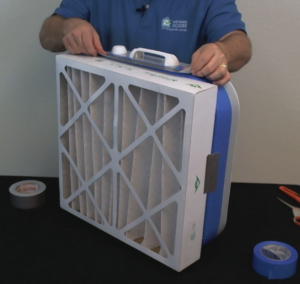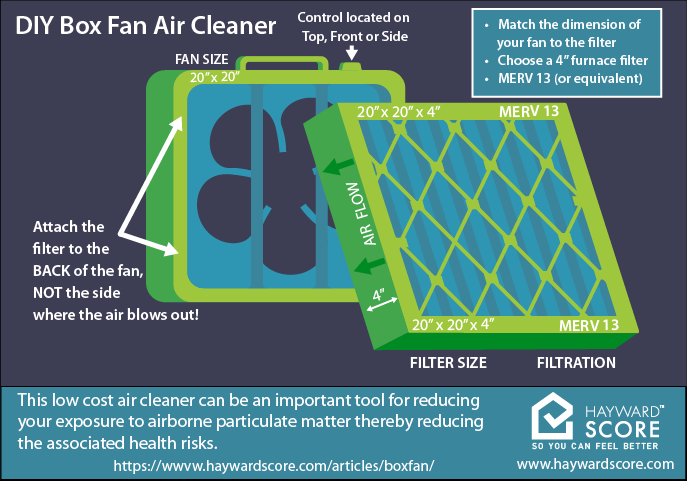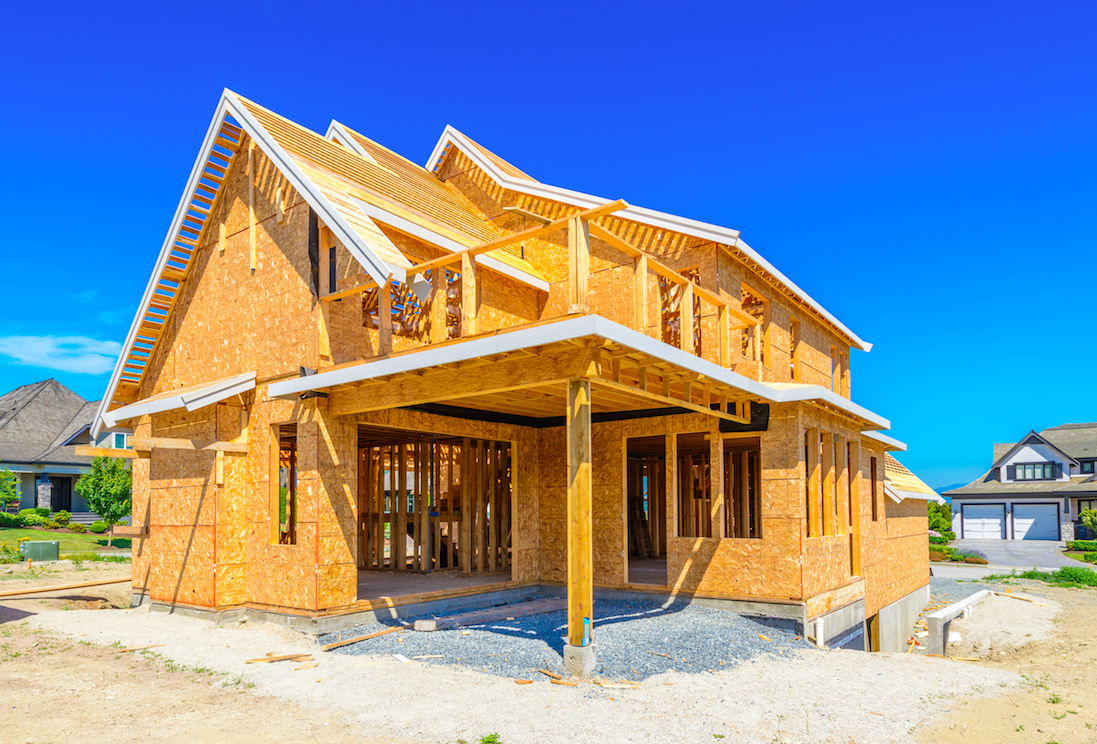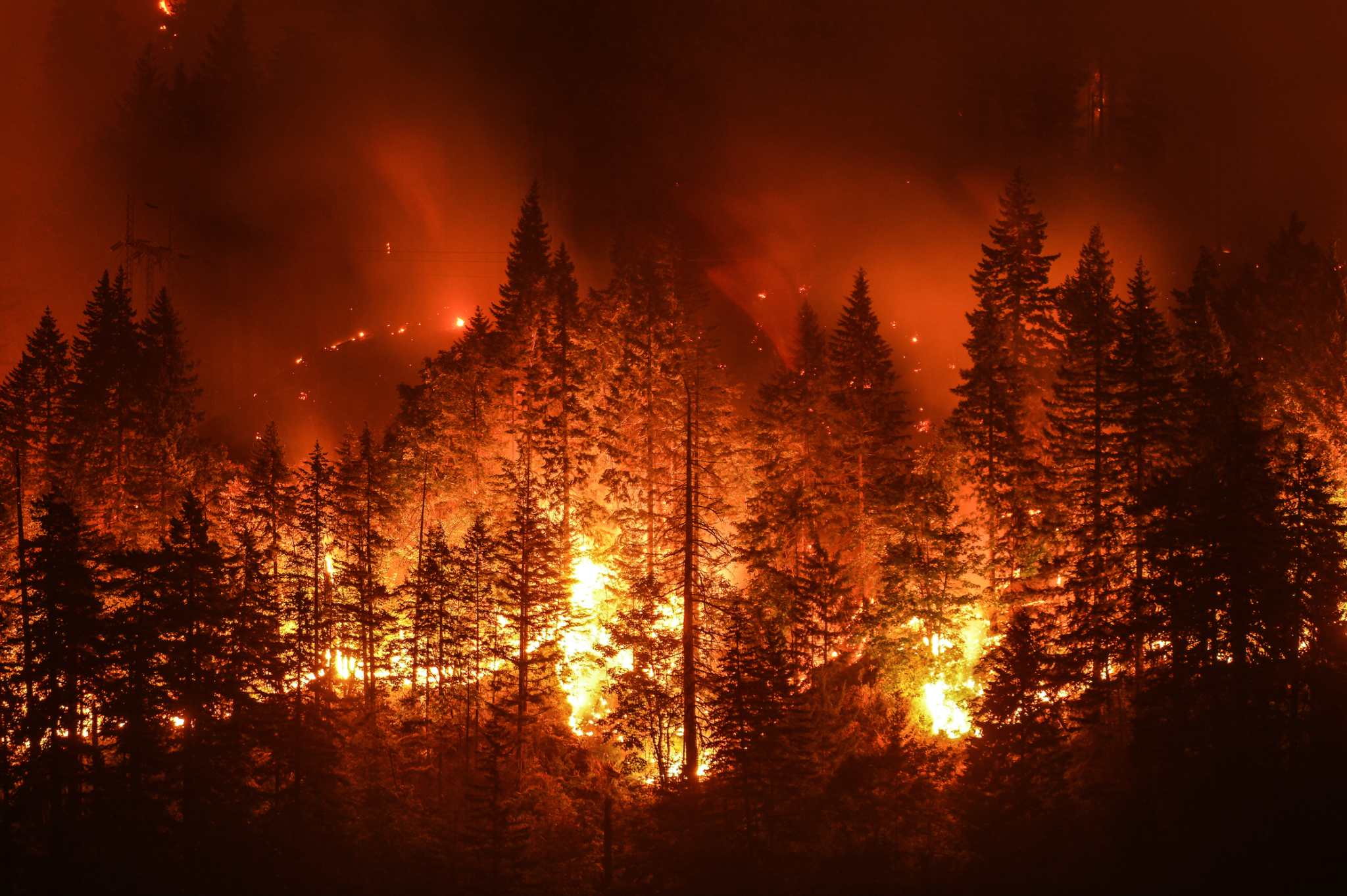View full size DIY filtered box fan image and instructions here
UPDATED 10/01/20
Air cleaners (also called air purifiers) can be an important tool for reducing your exposure to airborne particulate matter and thereby reducing the health risks associated with that exposure. This can be helpful for both COVID-19 and wildfire smoke/odor.
While air cleaners CANNOT eliminate COVID-19 or any virus, they can help minimize cross-contamination by enhancing the level of filtration which reduces the amount of virus-carrying particulates circulating in the air. While the virus is roughly 0.1 micron, and too small to be captured by the vast majority of commercially available filtration systems, the virus can attach itself to larger particulates (0.3 or larger, which includes most things that make up common household dust like skin cells and pet dander) which can be captured by high-efficiency filtration.
According to the EPA (PDF), wildfire smoke predominantly consists of fine particles in the 0.4 to 0.7 micron range. Wildfire smoke is a mix of gases and fine particles from burning trees and plants, buildings, and other material and can get deep into the lungs. Wildfire smoke can make anyone sick, but people with asthma, COPD, or heart disease and children, pregnant women, and the elderly are at particular risk.
While a genuine HEPA filtered air cleaner (which captures 99.97 percent of particles at 0.3 microns) is best, they can be expensive. An easy and inexpensive way to make your own air cleaner is to attach a very high-efficiency furnace filter to a basic box fan. The addition of a charcoal filter can also help to reduce odors, like those that come from wildfire smoke.
Supplies
- Wide painters tape or duct tape
- 20”x 20” Box Fan (with controls on the top, front or side)
- 4” MERV 13 Filter (one per fan)
- The filter size will be noted as (20x20x4) indicating that the filter is 20”x20” (same size as your fan) and 4” thick
- PRO TIP: Opt for a pleated filter
- **Charcoal filter (only needed for odor reduction) – these are sold as sheets or in rolls and may be called a charcoal pad
 How to Assemble
How to Assemble
- Unwrap the box fan and filter from any packaging.
- Look at the side of the filter, most will have arrows indicating the direction of the airflow. Make sure these arrows point to the BACK of the fan.
- Align the side of the filter indicated by the “airflow” arrows to the BACK of the fan (the air intake). DO NOT attach the filter to the front of the fan where the air comes out.
- Securely attach the filter to the fan using the duct or painters tape. Make sure there are no gaps.
- If you are using the charcoal filter, add this to the outside of the filter using duct or painters tape. Make sure there are no gaps.
A 4” filter will allow you to operate the fan on a low or medium setting with good results. Many people find that running fans on “high” speed is too loud for comfort, so it is important to use a thick filter so you can maximize capture efficiency and minimize noise.
Note: Most newer model fans have an automatic shut-off to prevent overheating. If you are using an older fan, make sure to monitor for signs of overheating, such as odor. You can also run the fan on a lower speed to reduce risk.
Placement
The fans need to be able to circulate air through the filter, so place them in open spaces not against the wall or in a corner.
Make sure to place the fan on a flat, stable surface to decrease the risk of the fan tipping over.
If the outdoor air quality is good, they can also be placed in front of an open window to bring in fresh, filtered air. Check your local air quality index (AQI) at airnow.gov.
FAQ
How many do I need?
Plan on 1 fan per occupied bedroom. During the day, if the bedrooms are not occupied, you can move those fans into your living spaces like tv rooms, home offices, and study spaces.
How often do I replace the filters?
Every 3-4 months is typical for a 4″filter. But depending on usage, you may need to change more or less often (you’ll notice that the filter will look dirty). If you live somewhere with a lot of outdoor pollution or if you have asthma/allergies you may need to change the filter more frequently.
To change the filter, we recommend being in the garage or outside and wear an N95 mask. Cut the tape where the filter is attached to the fan and place the filter in a garbage bag, seal the top and toss it in the trash. We recommend whipping the fan down with fragrance-free soap and water and let run outside for 10-15 min before bringing it inside and replacing the filter.
Can I use thinner (1-2-3”) filters?
Thinner filters are not recommended but may be the only ones available. They can reduce the airflow on the fan which may cause it to heat up, it can be louder and the filter will fill up faster. However, any filter is better than no filter so if 4″ isn’t available another size will help.
Can I use something other than MERV-13 (or equivalent) filters?
Although filters lower than MERV-11 may capture large dust particles they are not able to capture smaller bacteria and virus-carriers particulates. MERV-111 is a minimum and MERV-13 or higher is recommended.
Does the brand of filter matter?
It shouldn’t. MERV-13 is a standard for filtration and any product labeled MERV-13 should meet that standard. Some manufacturers do not rate their filters on the MERV scale, so look for the equivalents such as FPR-10 or above or MPR 1900 or above.
What if I can’t find the exact size I need?
While finding a filter the exact size of your box fan makes for the easiest assembly, they may not be available. In a pinch, get one that is wider than you need and use tape to cover the gaps on the sides.
Do I need a charcoal filter/pad?
Charcoal filters or pads (sometimes referred to as activated charcoal) are meant to help reduce odors, like those associated with smoke. If you are using your filter to help with filtration during COVID-19, you don’t need to add a charcoal filter. If you are also using your filter to improve your indoor air because of outdoor air quality due to smoke a charcoal filter can help if you notice an odor.
Note: Charcoal filters do not typically last as long as standard filters. Depending on usage and exposure, you may need to change every other month or when you begin to notice odors or the filter getting clogged. Remember, if you don’t have odors, you don’t need a charcoal filter.
Hayward Score helps you discover how your home may be impacting your health in minutes – – for FREE!
Answer a quick set of questions then get a personalized list of action items. Transform your home and health today!

ARE YOU CONCERNED YOUR HOME IS MAKING YOU SICK?
Our guide on indoor quality will help you diagnose possible issues and implement intelligent solutions to improve the quality of the air inside your home.
















